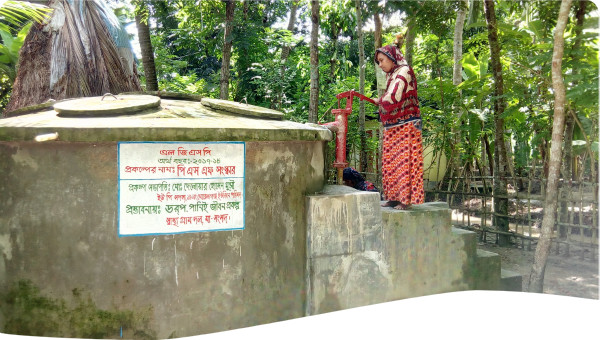Non-revenue water (NRW) includes physical losses (pipe leaks) and commercial losses (illegal connections, unmetered public use, meter error, unbilled metered water, and water for which payment is not collected). NRW levels are high in many developing countries, and they can be expensive to reduce. Members of the International Water Association (IWA) Water Loss Task Force developed the Economic Level of Leakage (ELL), which outlines the optimal level of physical losses based on engineering inputs. However, the ELL approach is less useful in developing countries than in developed countries, as it ignores commercial losses, the annualized cost of water supply capacity expansion, and situations in which production capacity does not meet demand.
This report presents a financial model that addresses the limitations noted above and provides acceptably accurate values of optimal, steady-state NRW without the need for large data collection efforts. The model uses an NRW framework adapted from the IWA Water Balance and the Burst and Background Estimates (BABE) and Econoleak methodologies. The report presents specific results for 59 utilities in 27 countries in Asia, Africa, and Eastern Europe; these include optimal NRW, optimal physical losses, optimal commercial losses, optimal meter replacement frequencies, optimal leak detection survey frequencies, actual losses, and impacts on utility revenue and water supply coverage. This model allows utility managers and regulators to establish NRW targets and to optimal allocate resources to NRW management. Ultimately, use of the model will help save water, increase utility revenues, expand coverage, and reduce health and economic impacts.
 Resource -
Resource -
